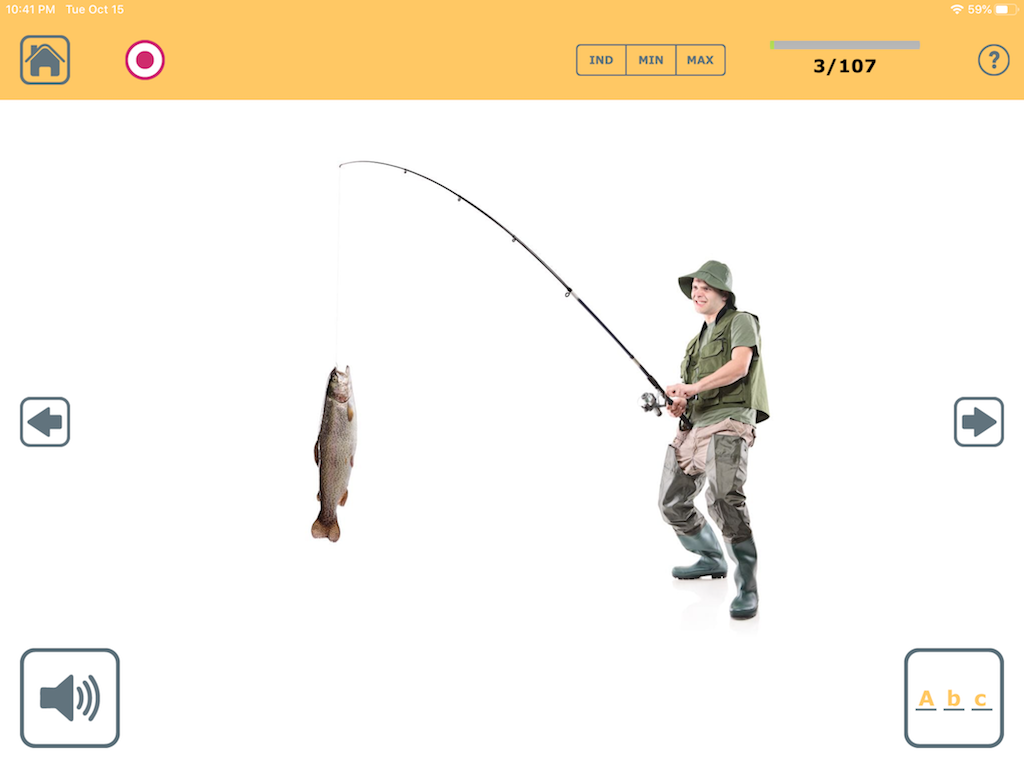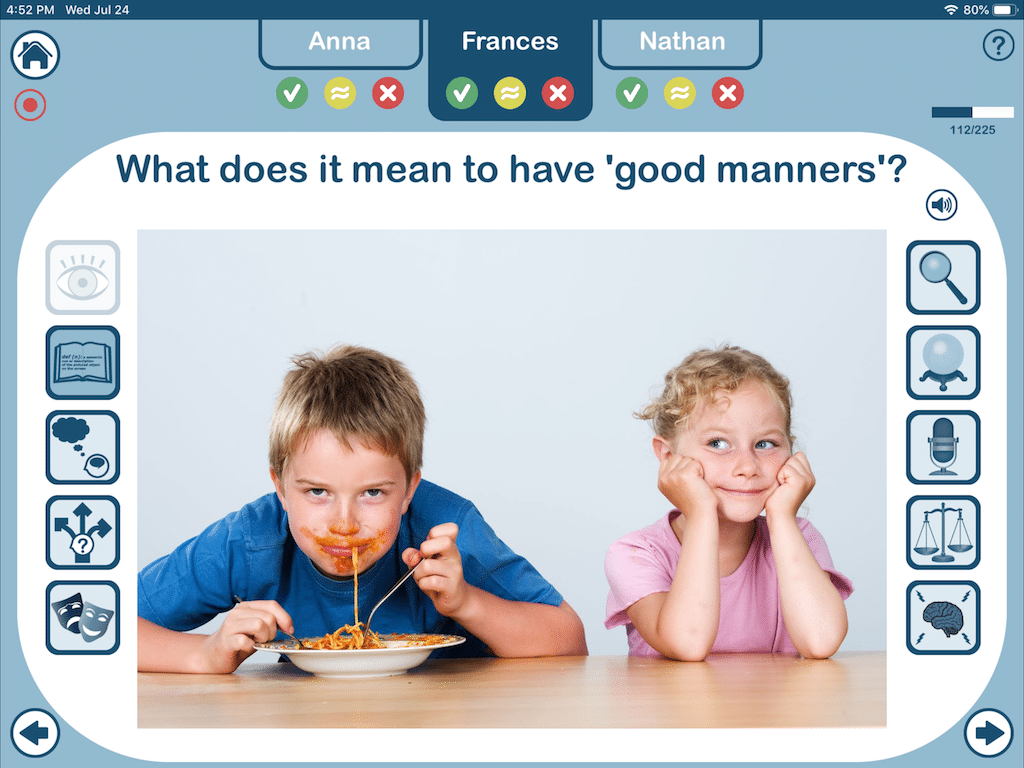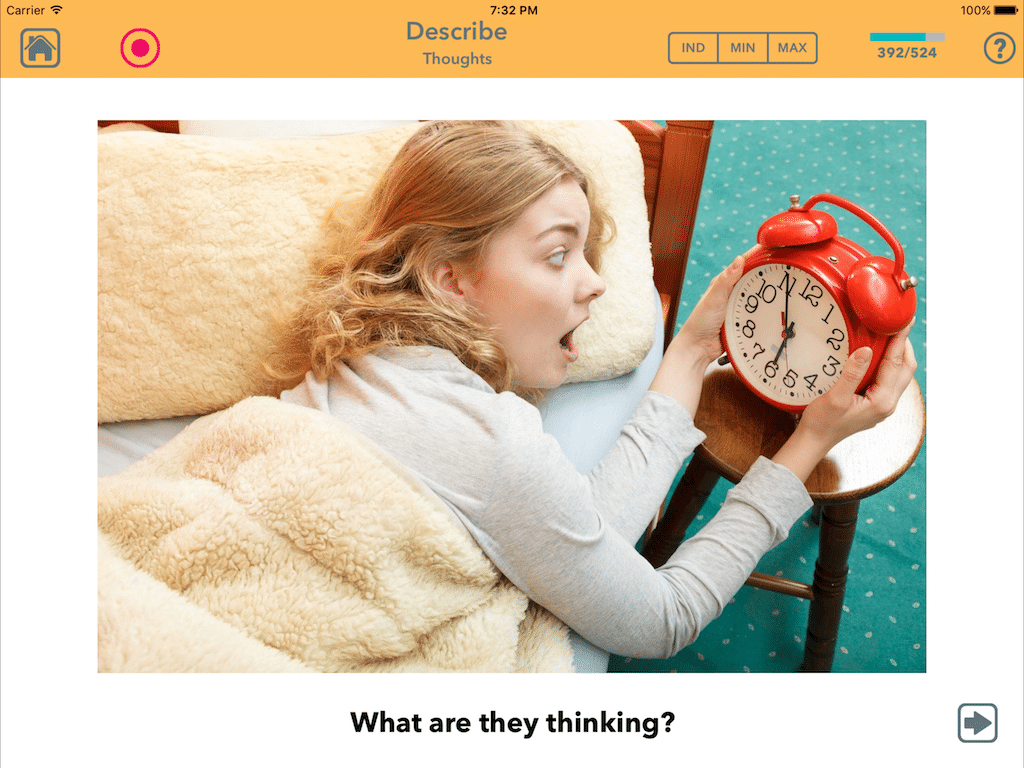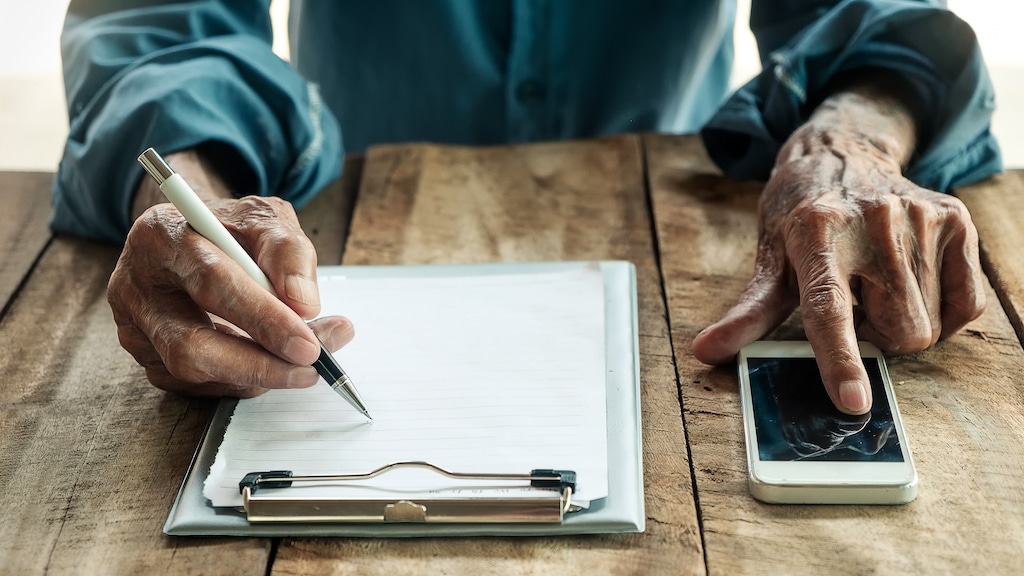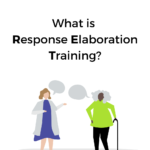How To:
Response Elaboration Training (RET) for Sentences in Aphasia
6 min read
A young woman with aphasia says “tea.”
Her mother knows what she wants, so she says, “Tea – got it. I’ll get you some tea. First, can you ask me again with 2 words? What about the tea?”
“Want tea.”
“Great! Now stretch it to 3. Who wants tea?”
“I want tea.”
“Wonderful! Now go for 4 words. Be polite!”
“I want tea please.”
They do this every day throughout the day, playing a game they call “stretch-a-sentence.” The mother used this technique in her career as a classroom teacher, encouraging her students to make their sentences longer by asking wh-questions. When her adult daughter had a stroke, she tried it with her too, and it worked. No surprise, as this educational game looks a lot like an evidence-based speech therapy technique for aphasia known as Response Elaboration Training.

The Treatment: Response Elaboration Training
Response Elaboration Training (RET) is a therapy technique used to increase the number of content words in spontaneous speech for people with aphasia. It’s referred to as loose training, meaning that it doesn’t use a rigid set of answers, but rather encourages the person with aphasia to generate their own responses. The clinician (or partner) is there to reinforce and help shape the response.
Getting Started with Response Elaboration Training
To do RET, you’ll need a set of images depicting actions. You may also want paper or a recording device to keep track of the responses. Download our free PDF handout below to get a handy RET tracking form to help with data recording.
Before starting any therapy program, it’s helpful to take some baseline data to help measure progress. Show the person with aphasia 5-10 pictures and ask them to describe what they see happening. Record their responses, and count up the number of content words for each one. Content words are related nouns, main verbs, pronouns, prepositions, adjectives, and adverbs, but not repetitions, unrelated, or unintelligible words.
How to Do Response Elaboration Training
The basic procedure for RET is quite simple. You ask for a response, confirm it, ask a wh-question to help the client expand it, and repeat the expansions back and forth. Their final sentence may not be perfect, but it should be longer and more content-filled than their first. Here’s an example:
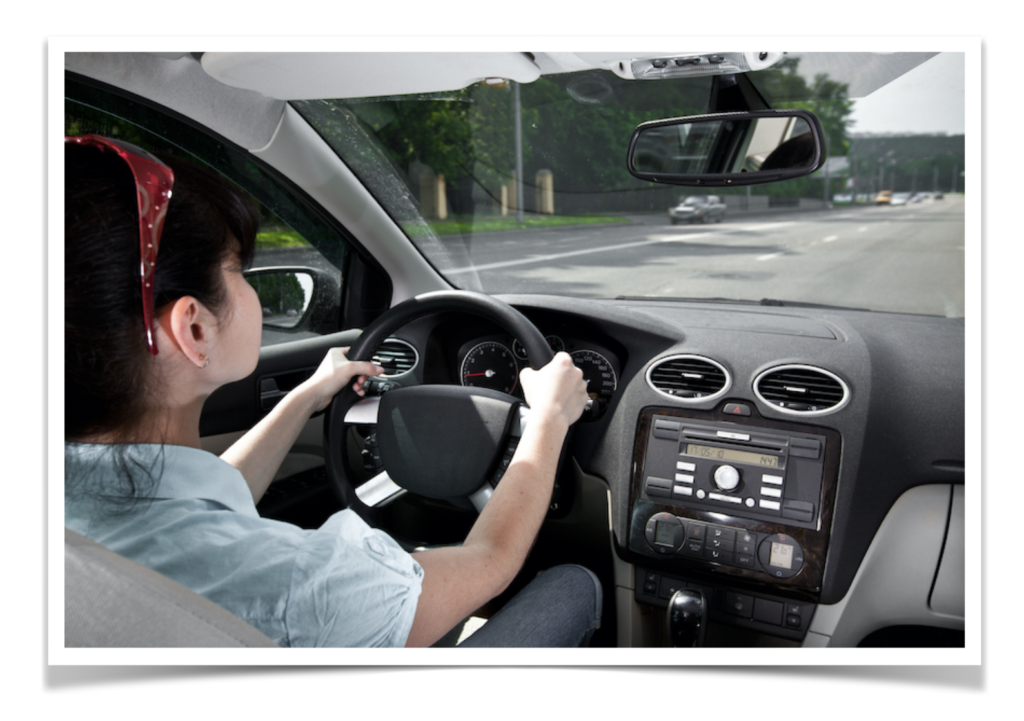
You can keep repeating Steps 2-4 until the person with aphasia cannot repeat the sentence. You can ask questions beyond what’s shown in the picture, such as “where is she going?” or “why is she driving the car?” You may end up with a sentences like “the lady is driving the car to the store to buy groceries,” but depending on the client, it may be that she’s leaving home to get away from the kids – the creativity of the client is the fun part of RET!
Any related answer should be accepted. If the answer is for a different wh-question than the one asked, accept it anyway. This technique is about encouraging free expression, not getting the “right” answer.
Expanding a sentence by answering wh-questions is also part of the VNeST technique to help people with aphasia improve their word-finding and forming sentences. Read about this and other therapy techniques in our How To series for adult speech therapy.
When you’ve finished expanding the sentence, show the picture again, asking for a description, just like in Step 1. The number of content words in this second attempt can be compared to the number recorded on the first attempt. Then it’s time to move on to the next picture.
Download a “How To” guide now!
Looking for an easy-to-reference summary? Get your free 3-page PDF handout of How To Do Response Elaboration Training (RET). It includes step-by-step instructions and a data recording form!
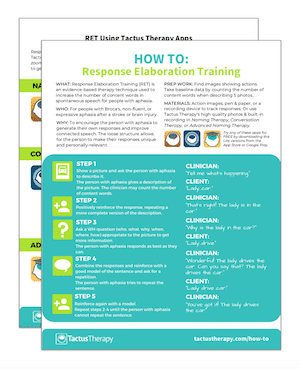
In addition to receiving your free download, you will also be added to our mailing list. You can unsubscribe at any time. Please make sure you read our Privacy Policy and Terms & Conditions.
Finding Pictures for Response Elaboration Training
You can use any pictures you like, as long as they depict an action and are engaging to the person with aphasia.
Most of the research on RET was done using black and white line drawings of simple actions. The advantage of using simple drawings is that the person with aphasia can take the story in any direction they want, since the picture doesn’t provide much information. You can download a free set of over 100 images from the International Picture Naming Project. Or do a Google Images search for Screen Beans to find black and white clipart from the older versions of Microsoft Office. These faceless characters are often engaged in clear actions that let the client fill in the details.
However, some people with aphasia prefer images that are more engaging or offer more clues. If they are already struggling with word-finding, it may be more difficult to invent a whole story. In this case, use more detailed color photos that are interesting to the client. Clinicians may have decks of photo cards for sequences or verbs, or they can use aphasia therapy apps.
Response Elaboration Training Using Apps
Tactus Therapy apps are known for the high-quality photos they contain, so why not use them when doing Response Elaboration Training?
Naming Therapy
For simple verb images, open Naming Therapy. When you select the Flashcards activity, pick only the Verbs category to see 107 action pictures that are perfect for RET.
Naming Therapy
Say the right word more easily when you learn the strategies that help you communicate with this popular word-finding app.
Conversation Therapy
For more advanced clients, try the images in the Conversation Therapy app. Select the Activities, Safety and Problems, and Family categories for some action-packed images. The design of Conversation Therapy is meant to help people with aphasia say more about a topic, so feel free to use the questions surrounding each picture to further expand the discussion.
Conversation Therapy
Engage in real-life discussions with pictures & questions that get people talking to practice communication strategies.
Advanced Naming Therapy
Advanced Naming Therapy has hundreds of funny and unusual photos in the Describe activity you can use as stimuli for doing RET. Try the Thoughts, Conversations, and Problems categories first.
Advanced Naming Therapy
Express yourself better with challenging word-finding exercises for aphasia and cognitive-communication problems.
Research and Resources for Response Elaboration Training
RET was first introduced to aphasia therapy through a case study performed by Dr. Kevin Kearns in 1985. Since then, there have been many studies looking at the efficacy of the treatment, along with modifications to the protocol. The treatment appears to help those with non-fluent aphasia most, with evidence of generalization.
Dr. Julie Wambaugh and her colleagues have developed a modified protocol first known as mRET to help people with apraxia of speech. In this approach, utterances are repeated several times using the principles of integral stimulation. This has been further researched and is now called Combined Aphasia and Apraxia of Speech Treatment (CAAST), and it’s been shown to improve more than just accurate content.
For more detailed information about all aspects of RET, check out the Recipe SLP e-book that takes you through the background, evidence, variations, and examples of the procedure.
Thanks to Kim for sharing her “Stretch-a-Sentence” game from her years as a teacher. This activity has helped her daughter Christine and other members of the Aphasia Recovery Connection.
